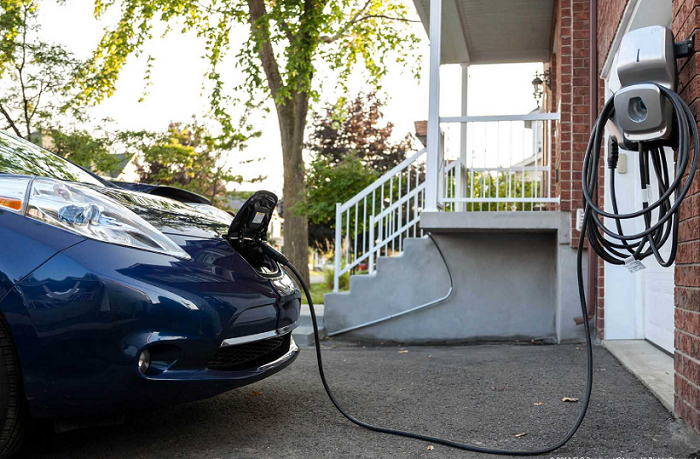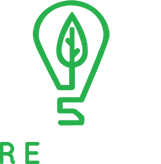How to Install an EV Charging Station at Home

Electric vehicles (EVs) have taken the world by storm. Major car manufacturers are building EVs powered partially or fully by electric power in all shapes, sizes, and models. They are more affordable to drive and require less maintenance than regular gas-fueled cars. However, proper preparation is crucial for avoiding difficulties, problems, and money down the road. In this article, you will learn about EV charging installation and what stations suit you.
What Is the Best Location for Installing EV Charging Stations at Home?
Before purchasing your first EV, you must consider where you will charge your car. If you live in a condo, you may find that your building has invested in an EV charging station spot in the garage. However, if you live in a single-unit home, especially one that is farther away from the city, you may need to look into getting a charging station installed.
Gus Duran, Certified Arborist in Hillsboro, advises planning around trees before choosing a charger spot. Most roots are in the top 12–18 inches and are easily damaged, so route conduit outside the dripline to limit cuts and compaction. He also recommends checking canopy clearance so cables won’t snag now—or as branches grow. Coordinating the route with the electrician and an arborist helps prevent future damage to paving, conduit, and trees.
Planning and investigating some EV charging stations Surrey has to offer is essential. Then, find a safe spot to do your EV charging installation. The best way to do this is to hire a licensed electrical professional to assess your current panel and ensure it can handle the extra electrical load.
Deepak Dosanjh, local Surrey bin rental company owner, notes that EV charger installs often create more debris than homeowners expect—concrete or asphalt from a short trench, drywall from running conduit, and packaging from the charger itself. He recommends planning bin placement before work starts so the delivery truck has clear access and the bin doesn’t block the electrician’s workspace.
Monica Harmse, Port Moody Realtor, notes that homes advertised as “EV-ready” consistently draw more showings and stronger offers in Port Moody and the Tri-Cities. She explains that even a simple, permitted Level 2 setup can help a listing stand out to commuter buyers and condo downsizers who already own EVs or plan to buy one soon.
Do you need to upgrade your panel?
When conducting your EV charging installation, it is important to ensure that your electrical panel can handle the additional power draw. An electrical contractor can help you figure out what you need to power your EV charging stations Surrey has safely.
You must also contact your local utility provider if your home requires an electrical panel upgrade. A modest house with 150-amp or greater service may be able to fit an extra 30 to the 40-amp circuit – depending on if there are other big draws.
You may also need to acquire charging equipment to connect your EV to the new circuit – which may be included with the purchase of EV charging stations Surrey provides. The distance from the electrical panel to the charging location can alter the cost substantially. A 40-amp circuit necessitates an 8-gauge wire, costing about $3 per foot. Increasing the amperage for faster charging would require thicker-gauge cables.
What are the different types of EV fast-charging models?
The most affordable method of charging your EV at home is using a standard (three-prong) 110-volt plug (AKA: level 1). However, this is the slowest method of charging. All EVs come with a 110-volt compatible home connector kit.
There are three categories or types of charging:
• Trickle Charge
• AC Charge
• DC Charge
Trickle Charge or Level 1 EV Charging Station
This method of charging is the simplest of the three types of charging. The charging cable comes with essentially a Level 1 charger. These chargers operate on ordinary household current (110-120 volts AC), and many plug into a grounded wall socket with a three-prong plug.
This charger is easy and convenient; however, the charging power is prolonged. For example, if you have 200 miles (320 km), it will take approximately 50 hours to recharge the vehicle fully, or 7-9 km/per charging hour (5 miles/per charging hour). This type of charging is suitable for hybrid vehicles, which can typically recharge fully overnight.
AC Charge or Level 2 EV Charging Station
Depending on the type of vehicle, a Level 2 charger typically uses 240-volt/30 Amps. This electrical circuit is used for an electric stove or dryer. There are portable Level 2 charging stations, but they still require a 240-volt plug.
Usually, the outlet is hardwired into the home’s circuit. Another alternative is installing a Level 2 charging cable on the driveway and plugging it into the socket using a portable Level 2 charger.
DC Charge or Level 3 EV Charging Station
The third type of EV charging station is a Level 3 charging station, designed for commercial use. These charging stations allow for much faster charging times, and level 3 charging stations can charge from 0 to 80% in 30 minutes.
A level 3 charging station is costly to install at home. Plus, due to the power draw, this system is probably not allowed to be installed in residential zoning. Level 3 commercial charging stations will also have two plug options depending on which brand of EV, except for Tesla, and you will need an adapter to use these stations.

